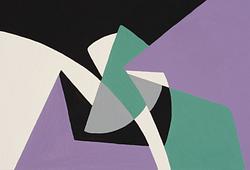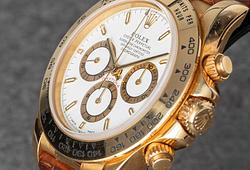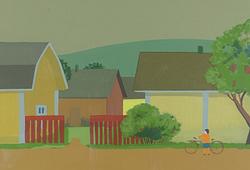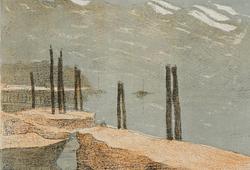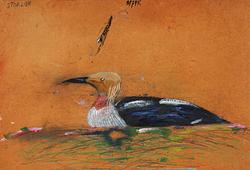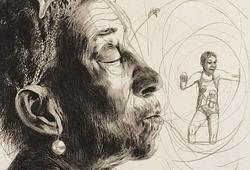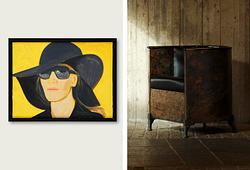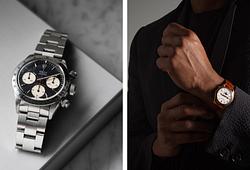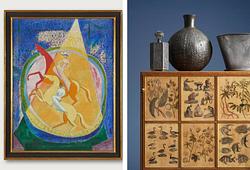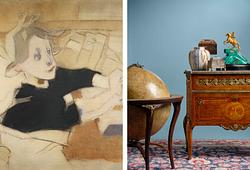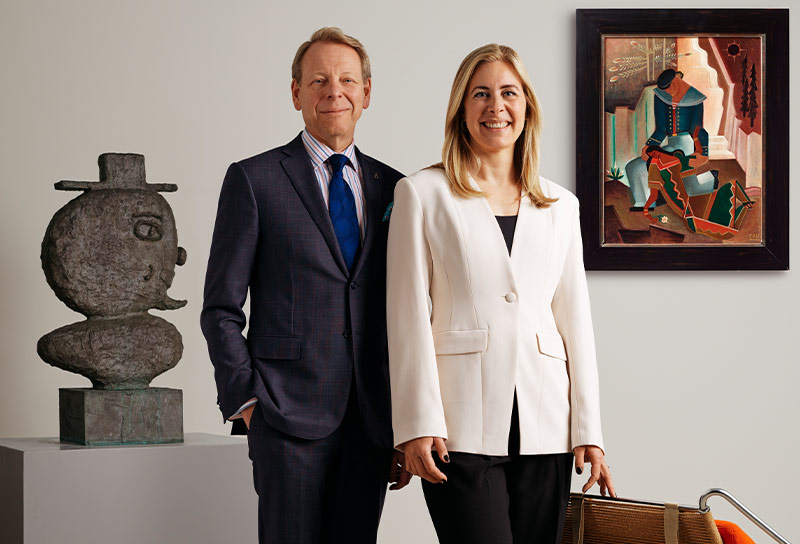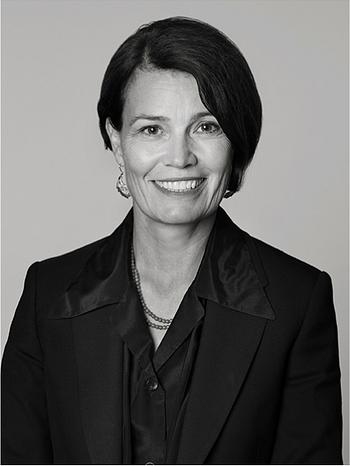Pablo Picasso
'Pigeon'
Dated March 5, 43. Ink on paper, 25.3 x 33 cm. (Arches paper).
Provenance
Acquired from a Swedish collector in the late 1980s.
Private Collection, Sweden.
Literature
Christian Zervos, "Pablo Picasso", vol. 12, oeuvres de 1942 and 1943, editions Cahiers d'Art, Paris, 1960, no. 266.
More information
"I stand for life against death; I stand for peace against war."
Doves held great emotional significance for Picasso. They appeared as motifs in some of his earliest preserved drawings from his childhood, and they also played such a prominent role in his father's art that Don José Ruiz Blasco earned the nickname 'The Dove Lover'.
The Spanish Civil War played a decisive role in Picasso's perspective. His dealer, Daniel-Henry Kahnweiler, has said that Picasso had previously been 'the most apolitical man' he had ever known: 'He had never thought about politics at all, but the Franco uprising in 1936 was an event that shook him out of this tranquility and made him an advocate for peace and freedom.' (Daniel-Henry Kahnweiler with Francis Crémieux, My Galleries and Painters, London 1971, p.108.)
After painting his famous response to the German bombing of the Basque town of Guernica in 1937, Picasso became a symbol of anti-fascism and specifically the fight against fascism among artists and intellectuals.
Artist
Pablo Picasso (1881-1973), Spanish painter, printmaker, sculptor, and ceramist. Active in France since 1900. He is, alongside Matisse, the most dominant artist of the 20th century. After passing through a blue period, a pink period with circus scenes and harlequins, he created his first cubist painting, "Les Demoiselles d'Avignon," in 1907 under the influence of African sculptures. Together with Braque, he further developed cubism by breaking down surfaces, which were then represented in various simultaneous aspects. In 1912, he left nature and recreated a new reality, only to return to acrobats in 1916. During the 1920s, he approached surrealism and worked with whimsical forms while also producing drawings and etchings in line style. During the Spanish Civil War, he was violently stirred, and it is now that his great protest in the painting Guernica comes to fruition. In the late 1940s, he settled by the Mediterranean and produced nymphs, centaurs, and fauns, as well as paraphrases of the works of old masters, and painted powerful terracotta ceramics in Vallauris. His abundant graphic production follows the same development as his painting.
Pablo Picasso was not only an artist but also a skilled ceramist. During his lifetime, he created hundreds of ceramic works, such as jugs, vases, and plates. Picasso's passion for ceramics began when he visited the annual ceramics exhibition in Vallauris in southern France in 1946 and was introduced to the craft by the artist couple Suzanne and Georges Ramié, who owned the Madoura pottery. During the following years which he spent in Vallauris, Picasso met his second wife, Jacqueline Roque, whom he depicted on the ceramic pieces. He also decorated the ceramics with abstract animals and bullfighters in a cubist style.
Read more



